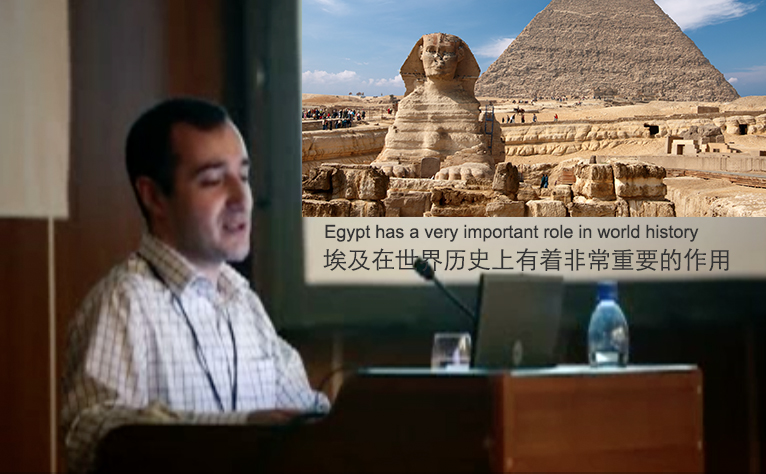Multi-Language Education

Compliant with ADA, Bill C-81 (Accessible Canada Act), COPPA, FERPA, GDPR
The GAIA SPEECH technology offers a revolution in the language of education. Many schools have students who speak a variety of tongues in the same class. The process of language assimilation can take 2 to 5 years during which students may fail or drop out. GAIA SPEECH speeds assimilation by globalizing education. With GAIA SPEECH, students are learning, not lost.
Historically there has been no alternative to a single-language school experience. Now, however, GAIA SPEECH brings the future of global learning, in which speaking a specific language may cease to be a requirement for education. Or, at a minimum, students not yet language-assimilated are not left behind while they improve their language skills.
How We Look at Education
The learning methodology during years K-12 and even University can now be fully bilingual. In Canada, a professor may teach in English, while a French Canadian student reads subtitles and/or hears the class in French Canadian (and vice-versa). Similarly, schools in Europe and Africa may have divided student bodies with several languages in the same classroom or online. GAIA SPEECH enables students to study in their own native tongue while learning the principal language in bilingual format.

The learning methodology during years K-12 and even University can now be fully bilingual. For example, in Canada or France, a professor may teach in English, while a French students reads subtitles and/or hears the class in French.

Evidence is emerging that bilingual education may provide clear benefits for a student’s future. In Window Rock, Arizona, Navajo children were taught in the Navajo tongue with English as a second language. Throughout their education, they performed almost two grade levels above their uni-lingual counterparts who started school in English only. In Hilo, Hawaii, children who attended Hawaiian immersion schools had no dropouts, and a larger share of them attended university than their non-immersion classmates. Even English language students in an English school can be exposed to Spanish, French or other language subtitles on a daily basis, increasing their linguistic comprehension.
New Learning Strategy
The GAIA SPEECH technology enables an entirely new learning strategy encompassing the 3 types of learners:
Visual Learners
(65% of learners)
Visual Learners require text or images to truly absorb what is being taught (in their native language). So, if there is no text and no images on screen, learning retention is reduced dramatically. Furthermore, the faster a teacher speaks, the less a Visual Learner will hear.
![]()
GAIA SPEECH provides real-time visual support for spoken words. The teacher’s words appear as captions wherever desired: on screen, on the wall, on smartphone, tablet or laptop. And for students of another language, the captions are translated into their native language and can even be heard as a translated voice. Post-class, students can receive a transcript / translation for study.
Auditory Learners
(30% of learners)
Auditory Learners do well with lectures and presentations, so they may retain around 75% of an oral class experience or lecture. But what if the teacher is not speaking in their language? And what about that other 25% of information that is lost?
![]()
GAIA SPEECH provides voice-to-voice translation that enables a student to hear the teacher speaking in the student’s native language. And because auditory learners tend to lose interest if the same voice is used all the time, the school may choose to offer a different computer voice for each teacher, including the possibility to use the teacher’s voice itself speaking in the translated language through Artificial Intelligence. As for the 25% of lost information, if desired an audio recording of the class or a transcript / translation can be provided for later review.
Kinesthetic Learners
(5% of learners)
Kinesthetic Learners need hands-on participation to truly absorb education. This appears during the homework cycle, but often Kinesthetic Learners are excruciatingly bored during classes that are generally audio-only with limited visual support.
![]()
GAIA SPEECH enables interactive learning both in the classroom and online. This means that classes can morph from teacher-only input to mass participation with everyone doing something often throughout class time. GAIA empowers Kinesthetic Learners to participate with both text and voice, enabling instant feedback from the teacher and other students – all in a language that the student understands.
MORE INFORMATION
» Conferences & Meetings
» Medical Applications & 911
» Translation & Accuracy
